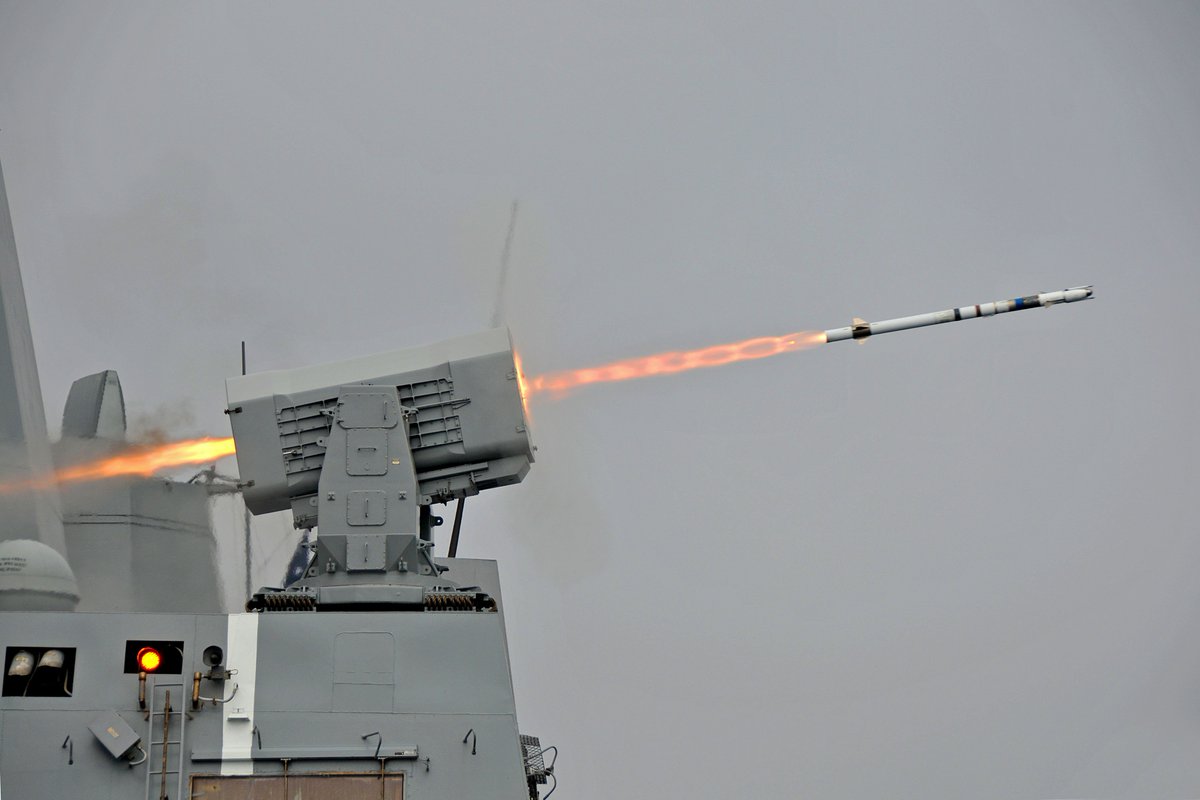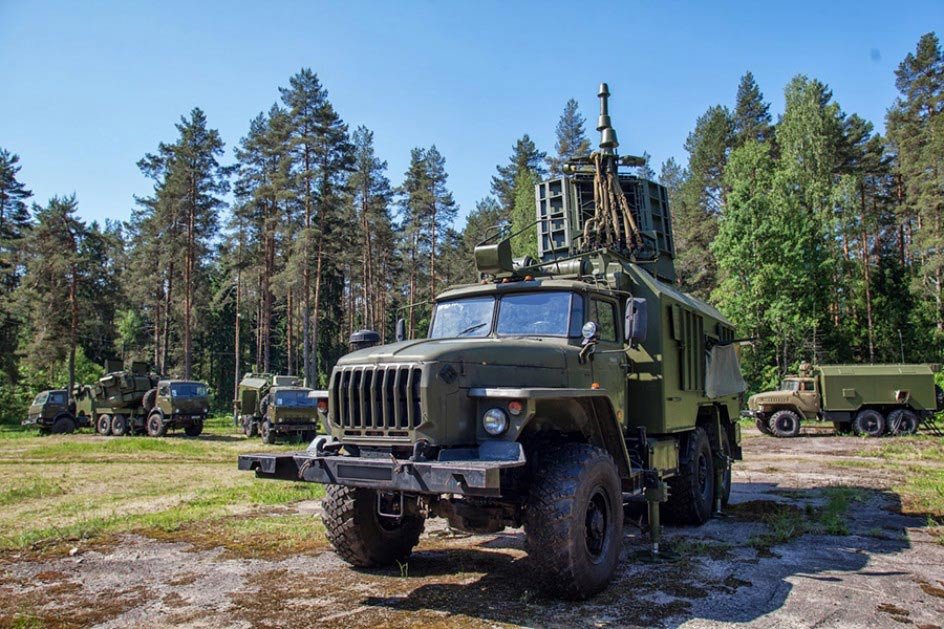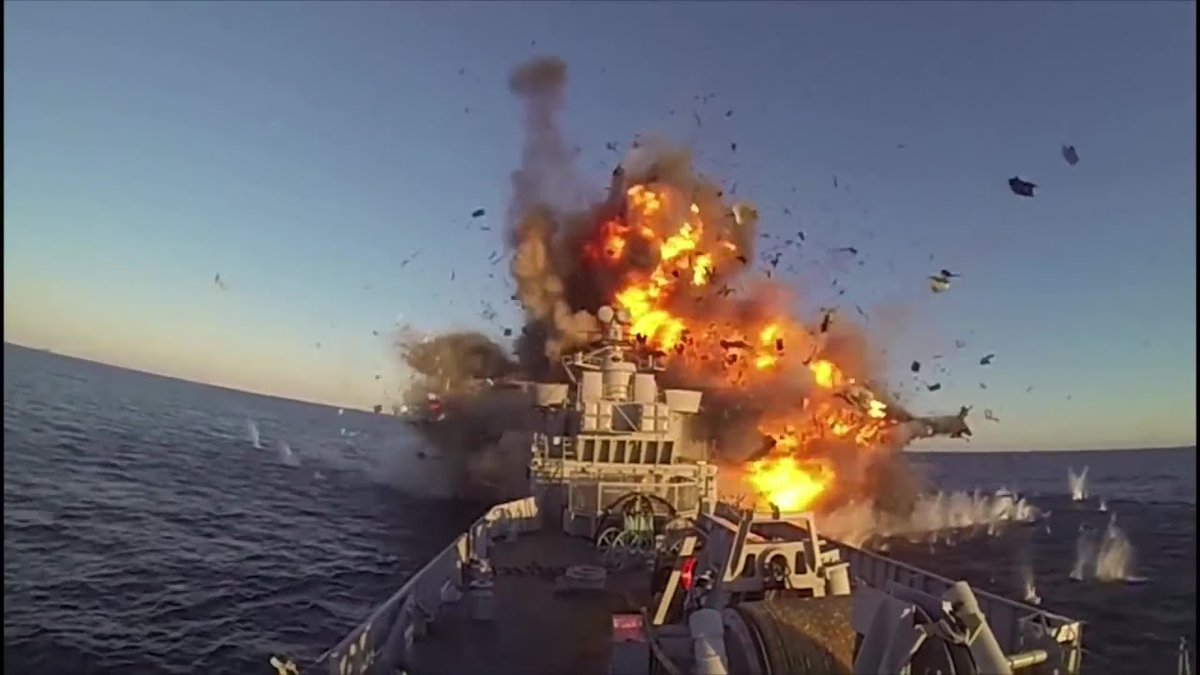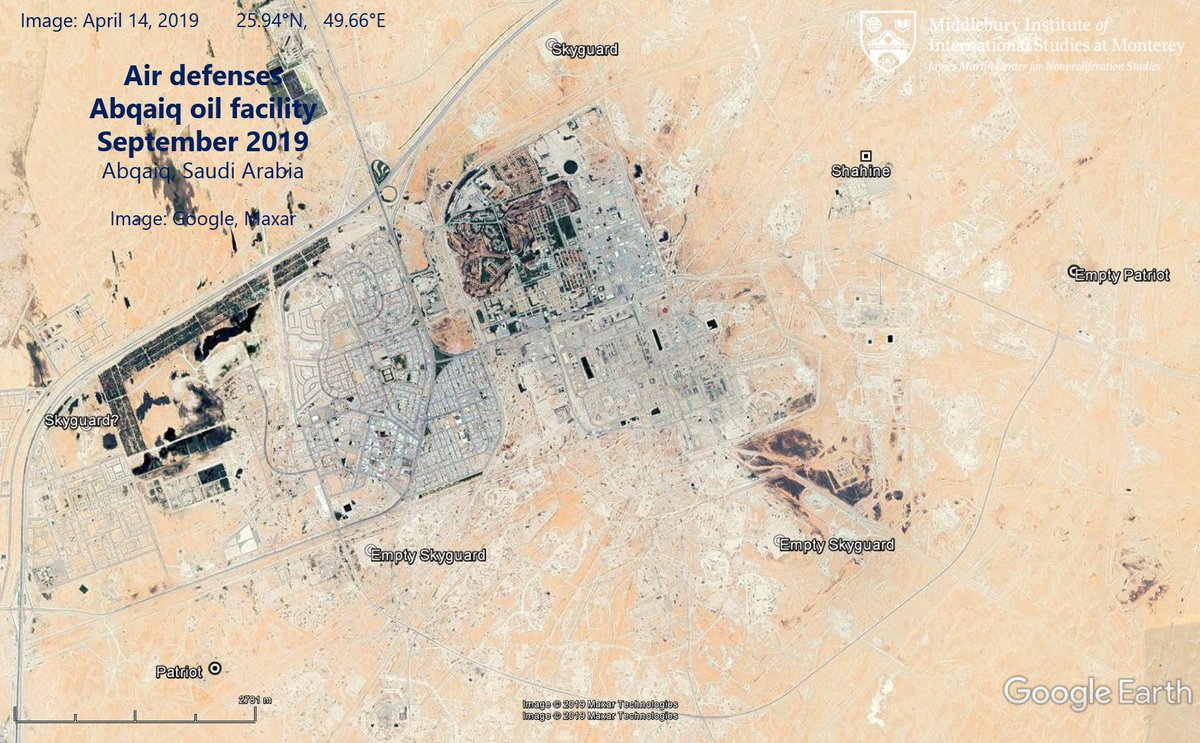
Yesterday's launch was rail-mobile. Presumably the KN-23-like missile they tested last September?
https://twitter.com/joshjonsmith/status/1482099636165038080
Oh, that's interesting. They uncoupled the locomotive prior to launch. So the 2-car set for the missiles is a self-contained unit and (similar to the Soviet RT-23) doesn't need to draw power from the locomotive.
https://twitter.com/nktpnd/status/1482104278168879104?s=20
Of the two cars, one obviously carries the missiles (and, based on the September launch, the generator), and the other (let's call it the support systems car) presumably carries electronics, tools, and whatnot. 

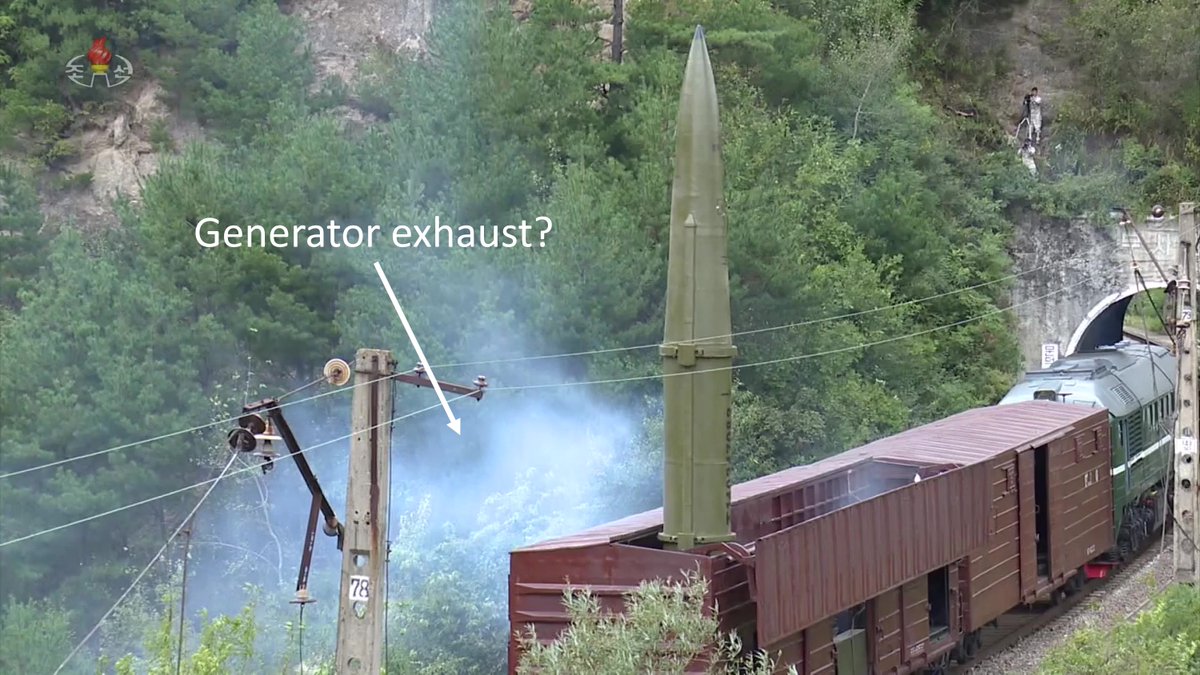

But where is the launch command post? Where does the launch prep crew go for protection during the missile launch?
Is there a little shed inside the support systems car? Is there another car somewhere off-screen? Or do they just run into the forest with a remote and some cable?
Is there a little shed inside the support systems car? Is there another car somewhere off-screen? Or do they just run into the forest with a remote and some cable?
• • •
Missing some Tweet in this thread? You can try to
force a refresh






